I am a seasoned online marketer. I have seen the power of email marketing in driving business growth. Over 4 billion people use email worldwide. It’s one of the best channels for reaching your audience. However, many others are also in the inbox.
So, it’s crucial to stand out and to bring value to your subscribers. In this guide, I’ll share 12 actionable email marketing tips. They will help you boost your success and reach your marketing goals.
Key Takeaways
- Build a high-quality email list to reach the right audience
- Craft compelling subject lines to increase open rates
- Optimize email content for engagement and readability
- Personalize emails to build stronger connections with subscribers
- Segment your email list for targeted messaging
- Incorporate visuals and interactive elements to boost engagement
- Optimize emails for mobile devices
- Continuously test and refine your email campaigns
- Automate email campaigns for efficiency and effectiveness
- Monitor and analyze email performance metrics
- Comply with email marketing regulations to maintain trust
- Stay up-to-date with email marketing trends and best practices
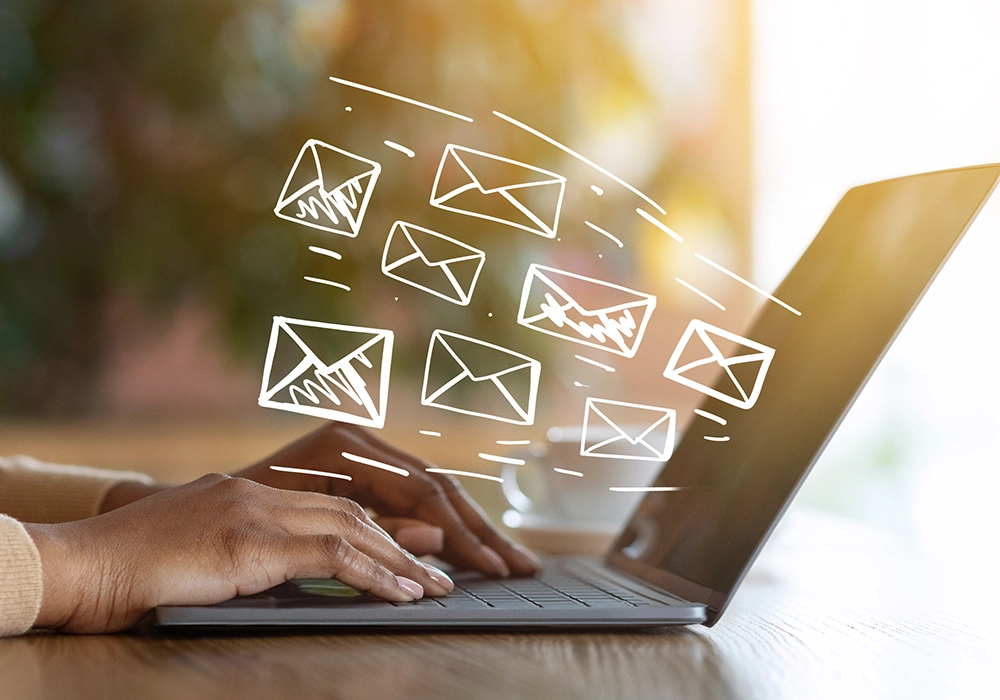
12 Marketing Email Tips Good to Know
1. Build a High-Quality Email List
Building a high-quality email list is critical for successful email marketing. Focus on attracting subscribers who are genuinely interested in your brand and offerings.
Avoid buying email lists. This can lead to low engagement and harm your sender reputation. Instead, use strategies like lead magnets, sign-up forms, and social media. They can help you grow an engaged email list without paying.
“The money is in the list, but the fortune is in the follow-up.” – Email Marketing Proverb
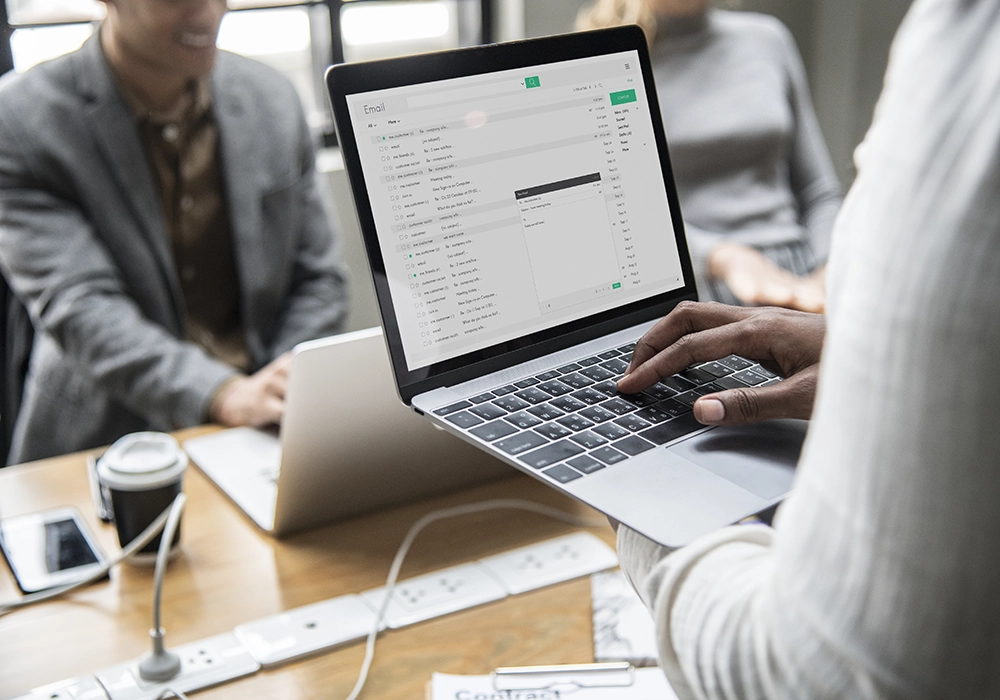
2. Craft Compelling Subject Lines
Your email subject line is the first impression subscribers have of your email. It’s your opportunity to grab their attention and entice them to open your message.
Keep your subject lines concise, descriptive, and compelling. Use clear language. Personalize the message. Add urgency. These tactics increase email open rates.
Some examples of effective subject lines:
- “Last chance: 50% off sale ends tonight!”
- “[Name], you won’t believe what we’ve got in store for you!”
- “5 tips to [solve a problem] and boost your [desired outcome]”
3. Optimize Your Email Content
Once subscribers open your email. Your content must deliver on the promise of your subject line. Create email content that is engaging, informative, and valuable to your audience. Use short paragraphs. Add subheadings and bullet points. These help make your content easy to read.
Tips for optimizing email content for your marketing campaigns:
- Focus on one main message or call-to-action per email
- Use a conversational and friendly tone in your email copy to engage readers.
- Incorporate storytelling to make your content more relatable
- Highlight the benefits of your offer or message
- Include social proof, such as testimonials or case studies
4. Personalize Your Emails
Personalization in your email communications goes beyond just using the subscriber’s name. Tailor your email to the interests, needs, and behaviors of your audience.
Use data from your email list. Use it to divide subscribers by factors like demographics, purchase history, and engagement. Use the segments to craft better marketing campaigns. Then, create targeted email campaigns that speak directly to each segment.
Here’s an example. Personalization can impact email performance in your marketing.
Generic Subject Line: “New Product Launch Announcement.”
Personalized Subject Line: “John, Exciting News: ProductX is Now Available for ABC Company!”
In this example, the subject line is personalized. It includes the recipient’s name (John) and their company (ABC Company). This makes the email feel more tailored to them. This personalization can increase the chance of the recipient opening the email. It stands out in their inbox and feels relevant to their interests.
Other ways to personalize subject lines include:
- Mention a specific action the recipient took. For example, visiting a website or abandoning a cart.
- Referencing a previous interaction or purchase
- Highlighting a specific benefit or solution based on the recipient’s needs or preferences
By using data about the recipient, marketers can create better subject lines. These lines improve email open rates and campaign performance.
Here are the open and click rates at different levels of personalization:
- No personalization: 15% open, 2% click
- Basic personalization: 22% open, 3.5% click
- Advanced personalization: 35% open, 6% click
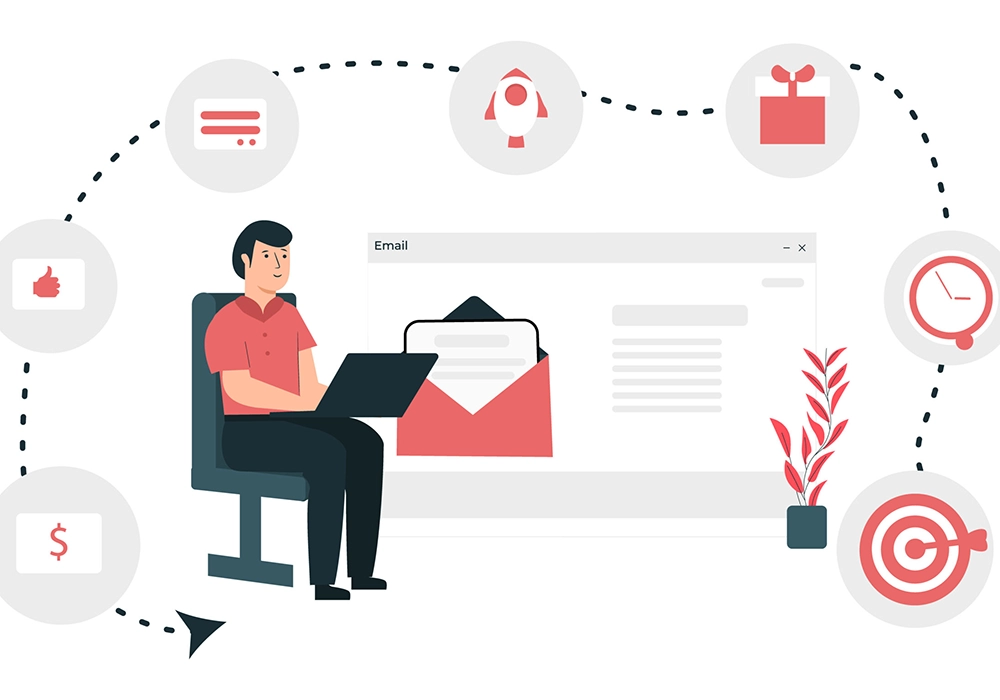
5. Use Segmentation to Deliver Targeted Messages
Segmentation is the process of dividing your email list. You do this into smaller groups based on specific criteria. Send targeted messages to each segment. This can make your email campaigns more relevant and effective. Some common ways to segment your email list include:
- Demographics (age, gender, location)
- Interests and preferences
- Purchase behavior
- Email engagement (opens, clicks, inactivity)
“Segmentation is the key to relevance, and relevance is the key to engagement.” – Chad White, Head of Research at Oracle Marketing Cloud
6. Incorporate Visuals and Interactive Elements
Visual content and interactive elements can make your emails more engaging and memorable. Use images, videos, GIFs, and infographics to break up text and illustrate your points. Quizzes, surveys, and polls are interactive. They encourage subscribers to join in.
Some tips for using visuals and interactive elements:
- Ensure images are high-quality and relevant to your message
- Use alt text to describe images for subscribers who have images disabled
- Keep file sizes small to avoid slow load times
- Make sure interactive elements are mobile-friendly
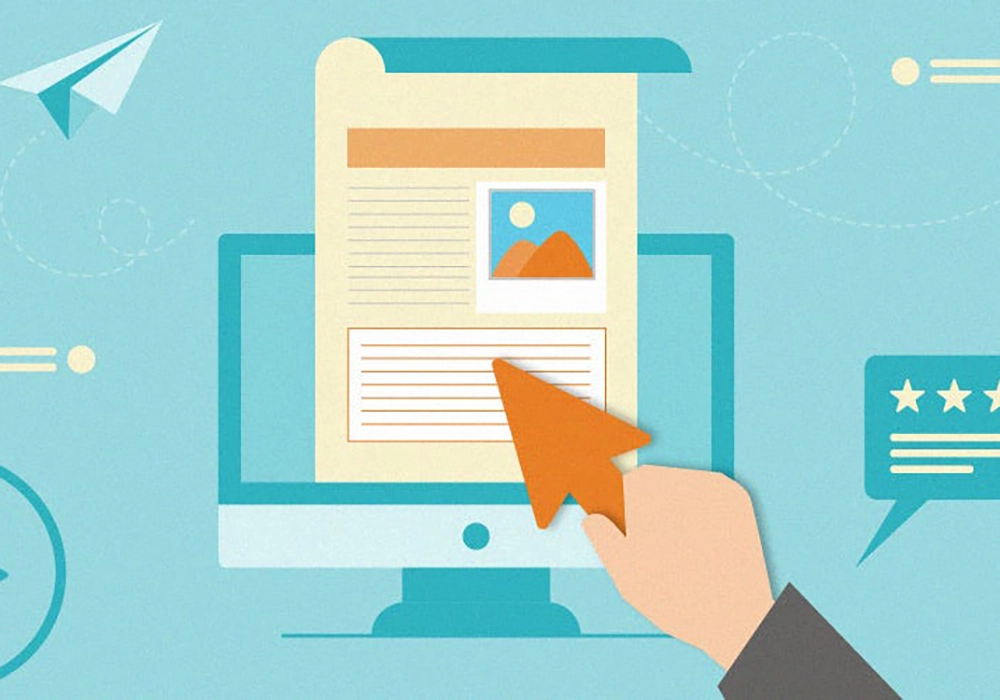
7. Optimize for Mobile Devices
Over 50% of emails are opened on mobile devices. So, it’s essential to optimize your emails for mobile. Use a responsive email template. It adapts to different screen sizes. It ensures your content is easily readable on smartphones and tablets.
Mobile optimization best practices:
- Use a single-column layout for easier scrolling
- Keep your subject lines short and concise
- Make your call-to-action buttons large and easy to tap
- Avoid using tiny fonts or dense blocks of text
8. Test, Test, Test
A/B testing is a powerful way to optimize your email campaigns and improve performance over time. Test different parts of your emails. These include subject lines, content, layouts, and calls-to-action. See which parts resonate best with your audience. Test one thing at a time. Use a big enough sample size. This will give you statistically significant results.
Some elements to A/B test in your email marketing campaigns include:
- Subject line length and wording
- Personalization
- Email layout and design
- The color and placement of call-to-action buttons are key. They matter in email design for marketing.
- Sending day and time are crucial factors in the success of your email marketing campaign.
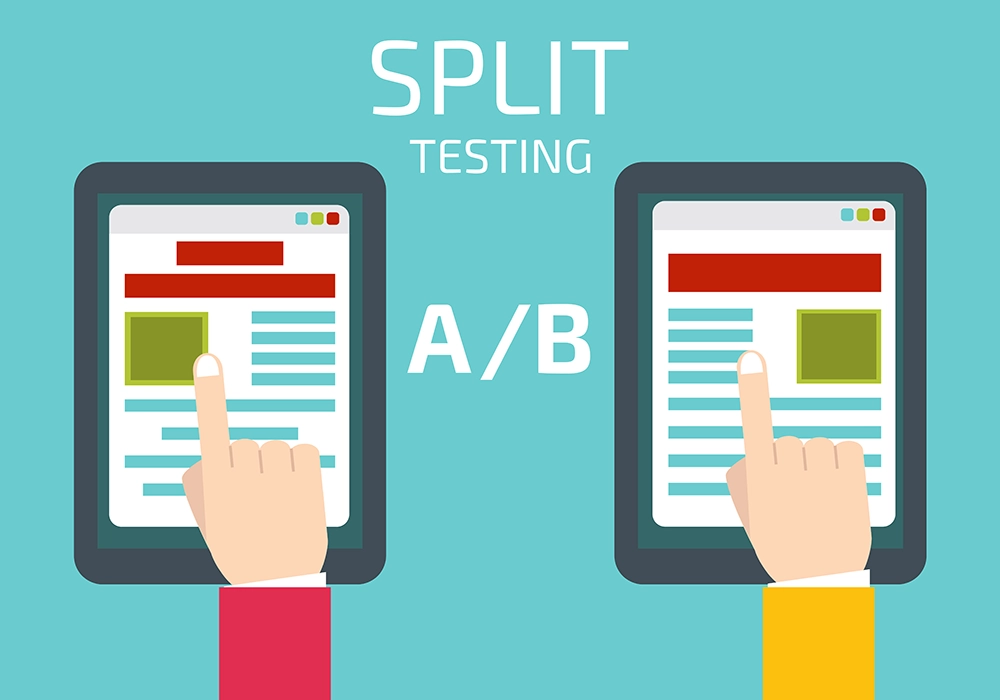
9. Automate Your Email Campaigns
Email automation allows you to send targeted messages to subscribers. This is based on specific triggers or timelines. This can save you time and ensure that your emails are delivered to the right people at the right time. Some examples of automated email campaigns include:
- Welcome series for new subscribers
- Abandoned cart reminders
- Post-purchase follow-ups
- Birthday or anniversary celebrations
“Automation does not need to be our enemy. I think machines can make life easier for men, if men do not let the machines dominate them.” – John F. Kennedy
10. Monitor and Analyze Your Email Performance
You must regularly watch your email marketing metrics. They are crucial for understanding what works and what needs improvement. Key metrics to track for your email marketing campaign include:
- Open rate: The percentage of subscribers who opened your email
- Click-through rate: The percentage of subscribers who clicked on a link in your email
- The conversion rate is the percentage of subscribers who completed a desired action. For example, they made a purchase.
- Bounce rate: The percentage of emails that couldn’t be delivered
- Unsubscribe rate: The percentage of subscribers who opted out of your email list
Use these insights to refine your email strategy and continuously improve your campaigns.
11. Comply with Email Marketing Regulations
You must follow email marketing regulations like CAN-SPAM and GDPR. This is vital to keep the trust of your subscribers and avoid legal issues. Some best practices for compliance include:
- Include an easy-to-find unsubscribe link in every email
- Honor unsubscribe requests promptly
- Clearly identify yourself as the sender
- Get clear consent before adding someone to your email list. This follows best email marketing practices.
- Provide a clear privacy policy outlining how you collect and use subscriber data
12. Continuously Improve Your Email Strategy
Email marketing is always changing. New trends, technologies, and best practices are always emerging. Stay ahead of the curve to succeed. Commit to learning and improvement. Read industry blogs. Go to webinars and conferences. Try new tactics to keep your email strategy effective.
Some resources for staying up-to-date with email marketing trends:
Frequently Asked Questions
How often should I send marketing emails?
The frequency of your email campaigns depends on your industry, audience, and goals. A good starting point is to send emails at least once a month, but no more than once a week. Monitor your engagement metrics and adjust your frequency accordingly.
What’s a good open rate for email marketing?
Average email open rates vary by industry, but generally range from 15-25%. Understanding this can help tailor your email marketing strategy. However, it’s more important to focus on improving your own open rates. Do this over time rather than by comparing yourself to industry benchmarks.
How can I reduce my email unsubscribe rate?
To minimize unsubscribes, focus on delivering valuable and relevant content to your subscribers. Give them control over their email preferences, such as frequency and content type. Make it easy for them to manage their subscription or opt-out if desired.
Is it okay to buy an email list?
No, buying an email list is not a recommended practice. It can lead to low engagement, high spam complaints, and damage to your sender reputation. Focus on growing your email list naturally. Use opt-in forms, lead magnets, and other permission-based methods.
How can I improve my email deliverability?
To improve email deliverability, use best practices. These include using a good email service provider. You need to get clear opt-in consent. Also, keep a clean email list and avoid spammy content and subject lines. Monitor your delivery metrics and regularly remove inactive or bounced email addresses.
Conclusion
Email marketing is a powerful tool. It helps you build relationships with your audience and drive business growth. Follow these 12 tips. They will help you make emails that engage, convert, and keep your subscribers. Remember to focus on delivering value. Personalize your messages. Also, keep testing and refining your approach. Dedication and strategy can do it. You can achieve email marketing success. And, take your business to new heights.
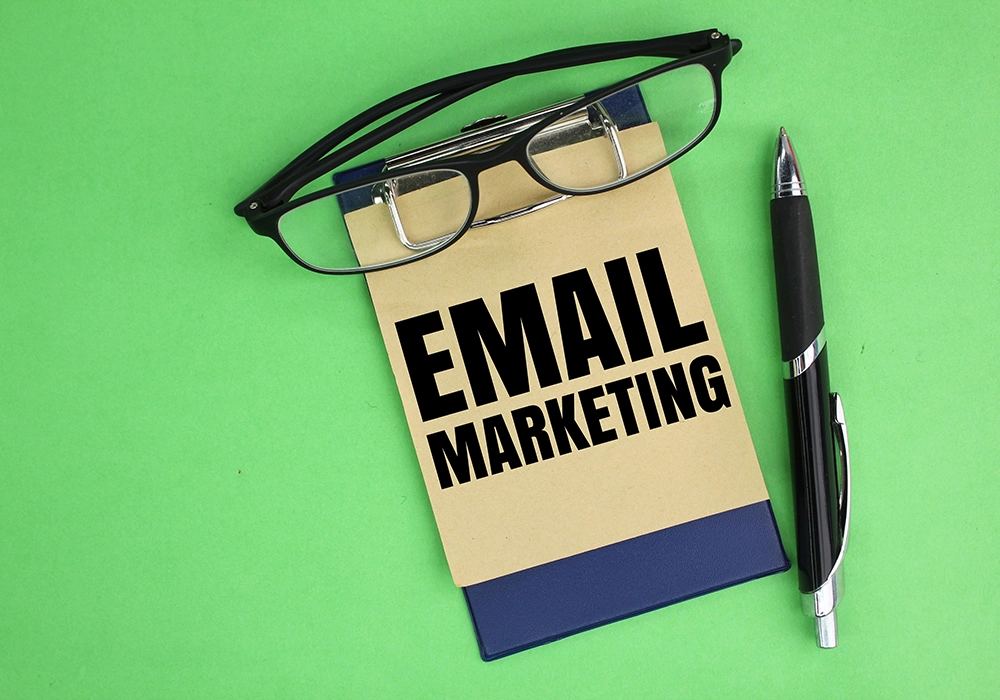
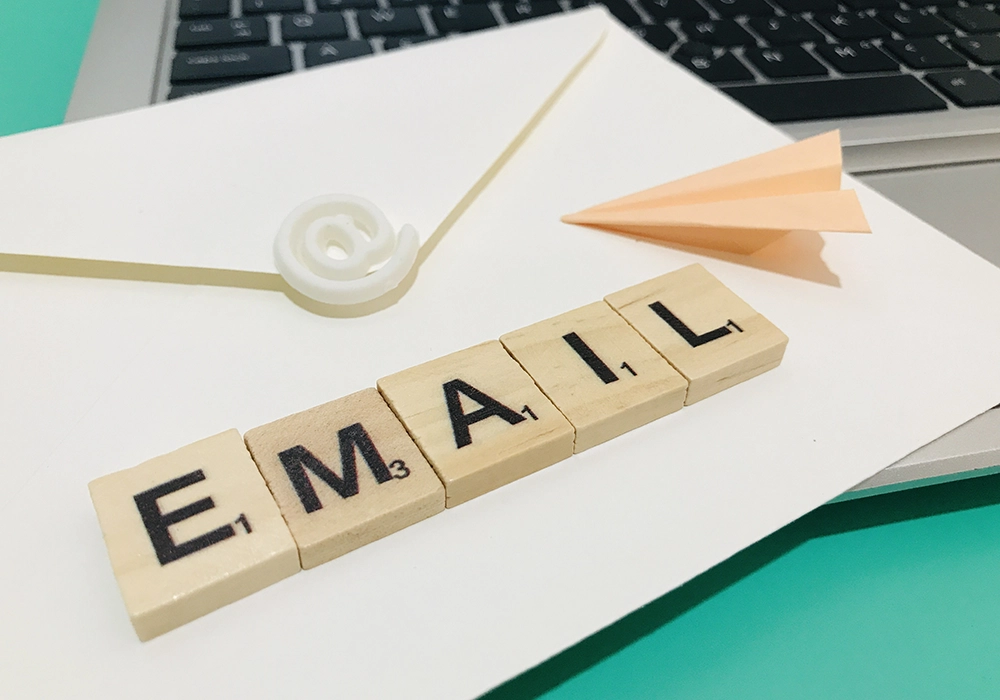
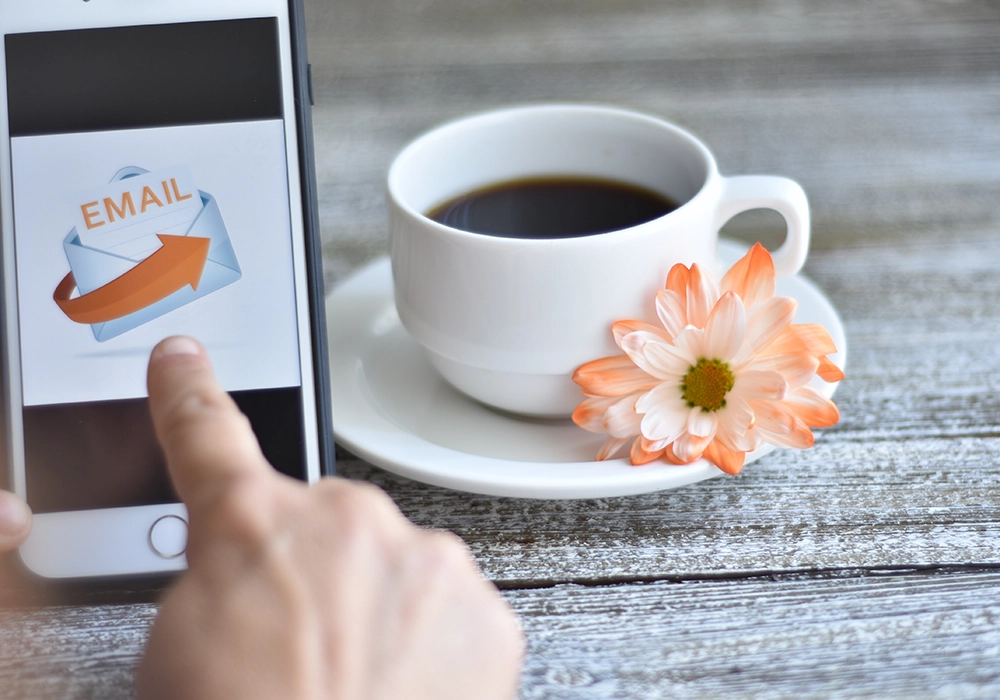

Leave a Reply